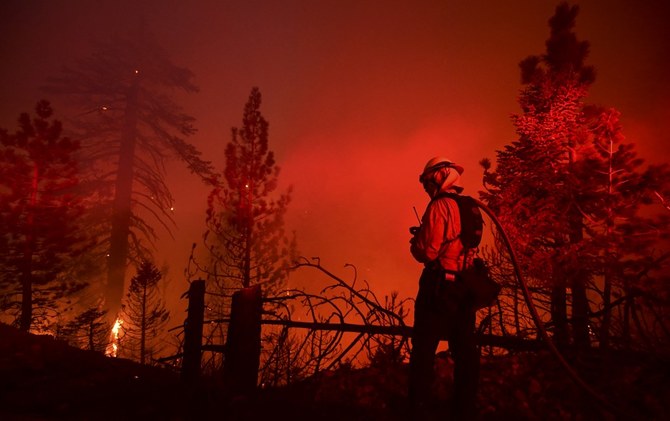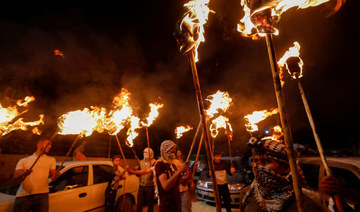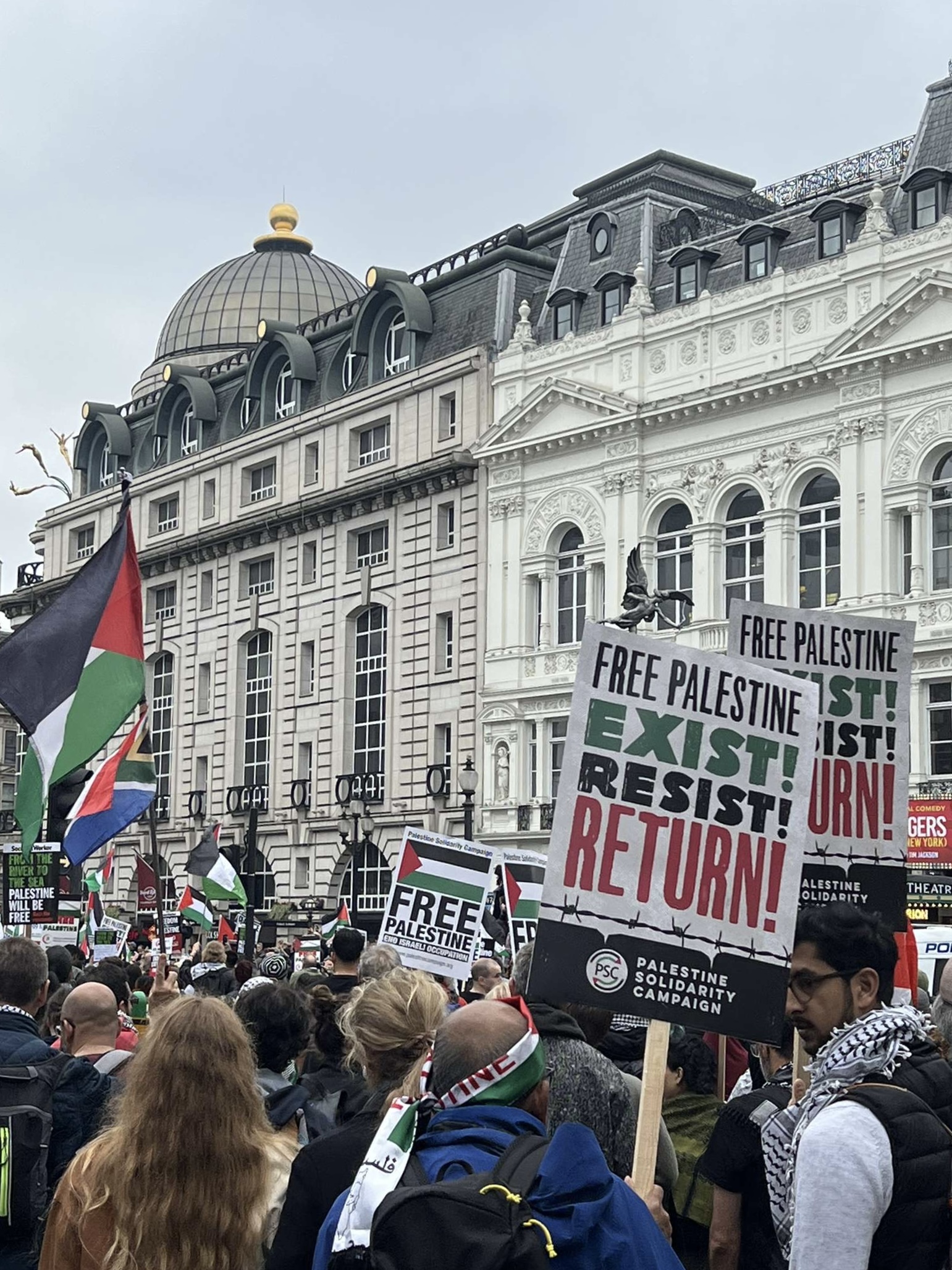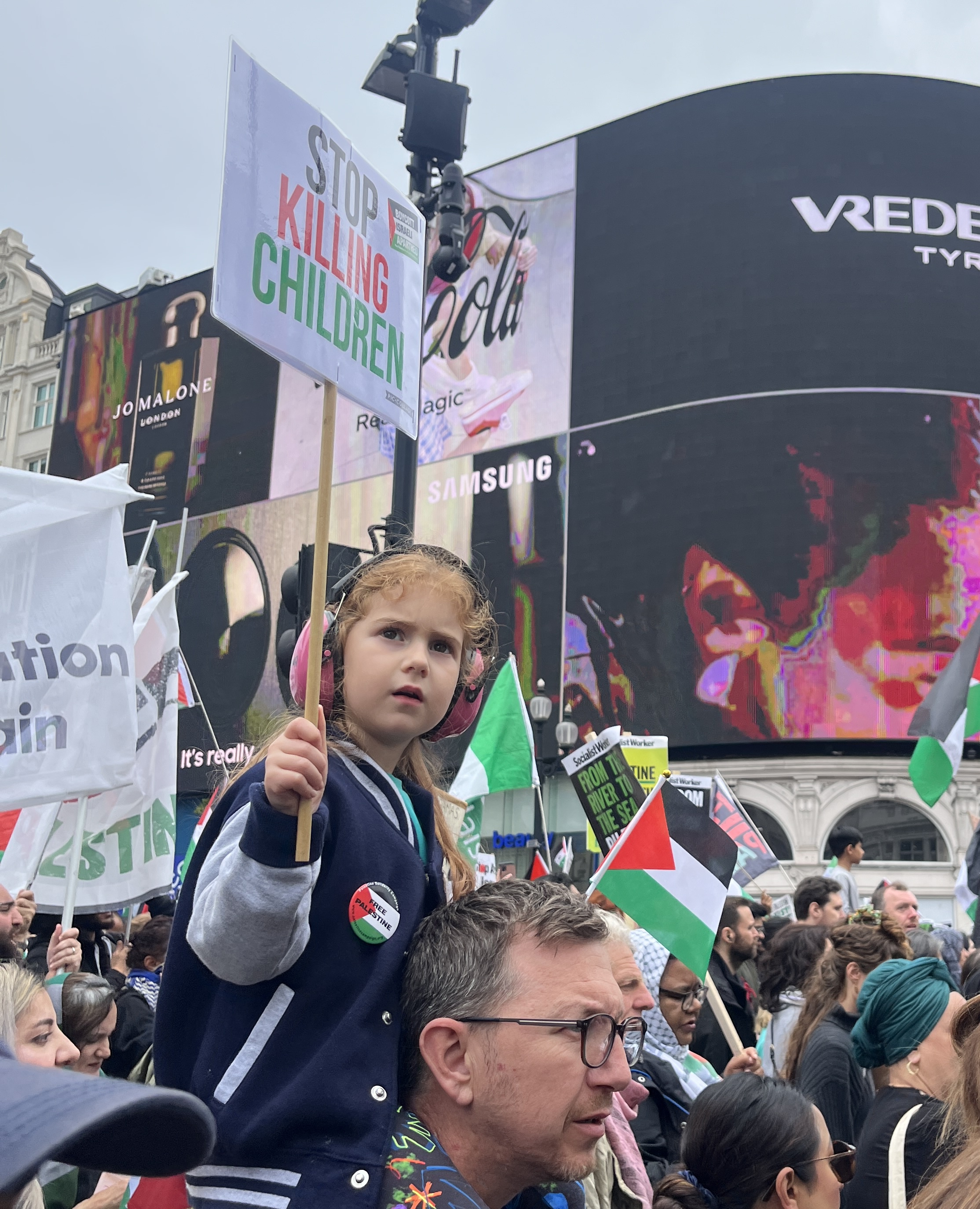NEW YORK CITY: When the Bobcat Fire, one of the largest outbreaks in Los Angeles county’s history, erupted in September 2020, scorching hundreds of thousands of acres, 12-year-old Audrey Ma was within 500 feet of the area where a mandatory evacuation order was issued.
Ma’s parents asked her to pack her belongings as flames approached the neighborhood, and for a moment the child contemplated the possibility of losing everything she had and abandoning the only life she had known so far.
The Bobcat, one of about 30 major wildfires burning in the US state of California, led to the deaths of 26 people and the destruction of an untold number of properties.
FASTFACT
United Nations Day is an annual commemorative day, reflecting the official creation of the United Nations on Oct. 24, 1945.
Although her house was spared from the flames, Ma’s fear of the infernal images of forests and structures burning to the ground prompted her to look into the causes of the California fires.
How do they start? How do they spread? Why are there so many fires in Southern California?
“I learned that, although climate change is not the (direct) cause of the fires, (drier climates due to rising temperatures) make fires easier to start and spread. So, I started to learn about sustainability,” Ma told Arab News.
A UN scientific study this year has shown that human activity is changing the climate in unprecedented and sometimes irreversible ways.
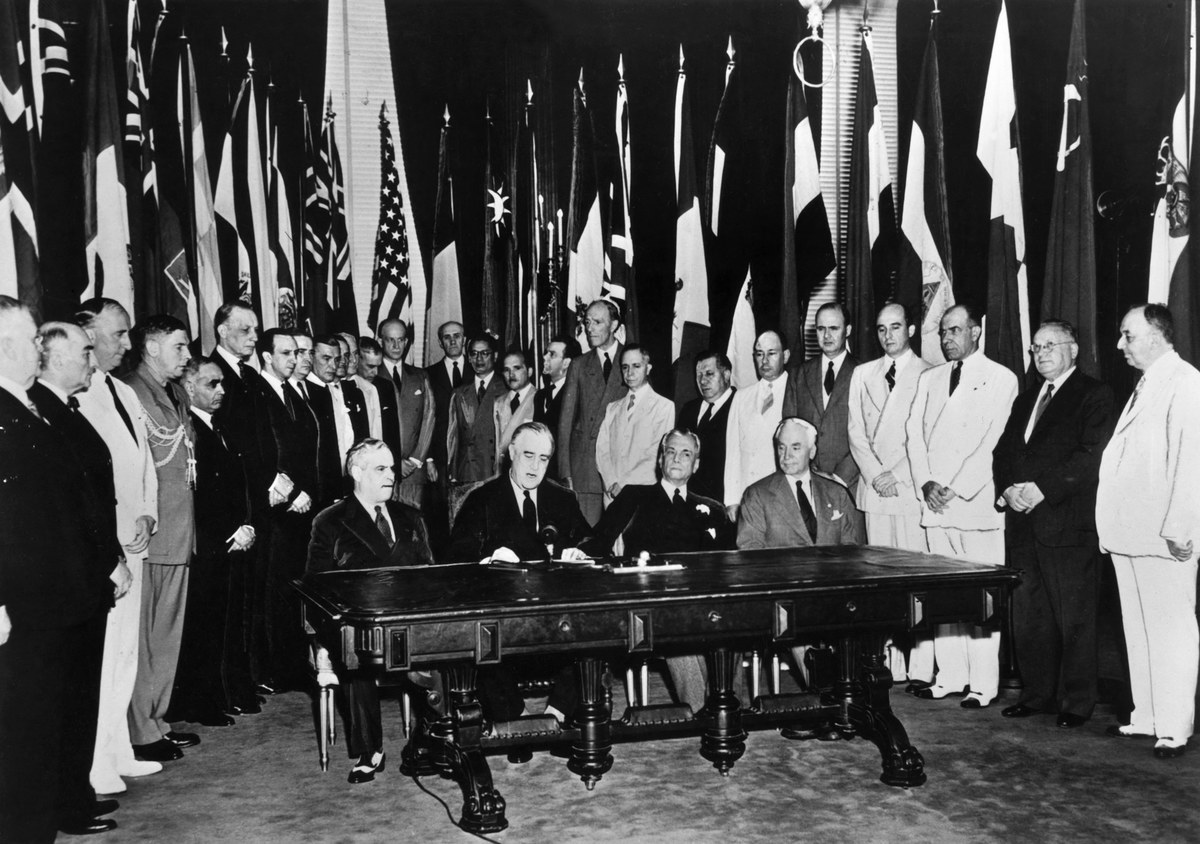
US President Franklin D. Roosevelt (2nd L) reads a statement among representatives of UN members during their formal pledge to cooperate for victory and to adhere to the Atlantic Charter in Washington D.C. in 1942. (File/AFP)
The report warned of increasingly extreme heatwaves, droughts and flooding, and a key temperature limit being broken in just over a decade. Antonio Guterres, the UN secretary-general, called it “a red code for humanity.”
But the world continues to fall short of its promises to reduce greenhouse-gas emissions, transition into clean energy and rebuild sustainably.
However, the new generation, like Ma, is directly feeling the urgency and realizing the direct impact climate change is having on their daily lives.
Thousands of people from around the globe have shared their vision for #TheWorldWeWant in a single photo.
Ahead of Sunday's #UNDay, get inspired with this visual manifesto & join the global pledge for a better future: https://t.co/gLktRmARhM pic.twitter.com/aSYk2amhUk
— United Nations (@UN) October 22, 2021
Renee Larios is the student community engagement coordinator at Pasadena’s private Polytechnic School where Ma is a student. Larios works with students to “help them navigate the things they want to do in the world to make the world better.”
Larios happened upon the UN Sustainable Development Goals four years ago. Her mind was blown, she told Arab News.
In 2015, the UN General Assembly set forth the SDGs — 17 global goals designed to be a “blueprint to achieve a better and more sustainable future for all.” The SDGs are intended to be achieved by the year 2030.

French Foreign Affairs minister Georges Bidault (C) flanked by US Secretary of States James F. Byrnes (L) and French ambassador Henri Bonnet signs the UN Charter in the name of France on Aug. 24, 1945 in Washington. (File/AFP)
“We decided to bring the SDGs back to our school to create a framework for our community engagement programs, to help students see the drops in the bucket that their volunteering does to further the 17 goals,” Larios said. “We’re also trying to get teachers to connect their curriculum, when possible, to one or more of the goals.”
“The students must, for every community engagement or service work that they do, explain what the relationship is between what they did and how that furthers the intention of one of the SDGs.”
After learning how food thrown into landfills rots and creates methane gas responsible for trapping the heat in our planet and making it warmer, Ma began implementing a sorting program at her school to separate the food waste from the trash, and then composting the waste in bins around the school.
The UN Hub at @expo2020dubai will mark Sunday's #UNDay by showcasing our efforts to address some of the most pressing problems facing humanity.
Learn more about what visitors will see & learn through our exhibits and events. https://t.co/yTefCdcOTB pic.twitter.com/8OM7lngOU1
— United Nations (@UN) October 24, 2021
“Now our sorting program can absorb 25 percent of our food waste,” Ma said. “However, the other 75 percent goes to an off-site composter, and we’re still burning fossil fuel by transporting it from place to place, which is not sustainable.
“So, our short-term goal is to be able to compost 100 percent of our food waste on-site at Poly (Polytechnic School), which leads to our long-term goal, which is (to) take this program and make it a science and then export it to other schools and use it as a blueprint for other schools to do the same thing, so we can reach meaningful reduction of greenhouse gas.”
“A Blueprint for a Better Future” is the theme established by the United Nations Association to celebrate UN Day on Oct. 24, marking the 76th anniversary of the foundational UN Charter.
The values that have powered the charter — peace, development, human rights and opportunity for all — “have no expiry date,” in the words of Guterres.
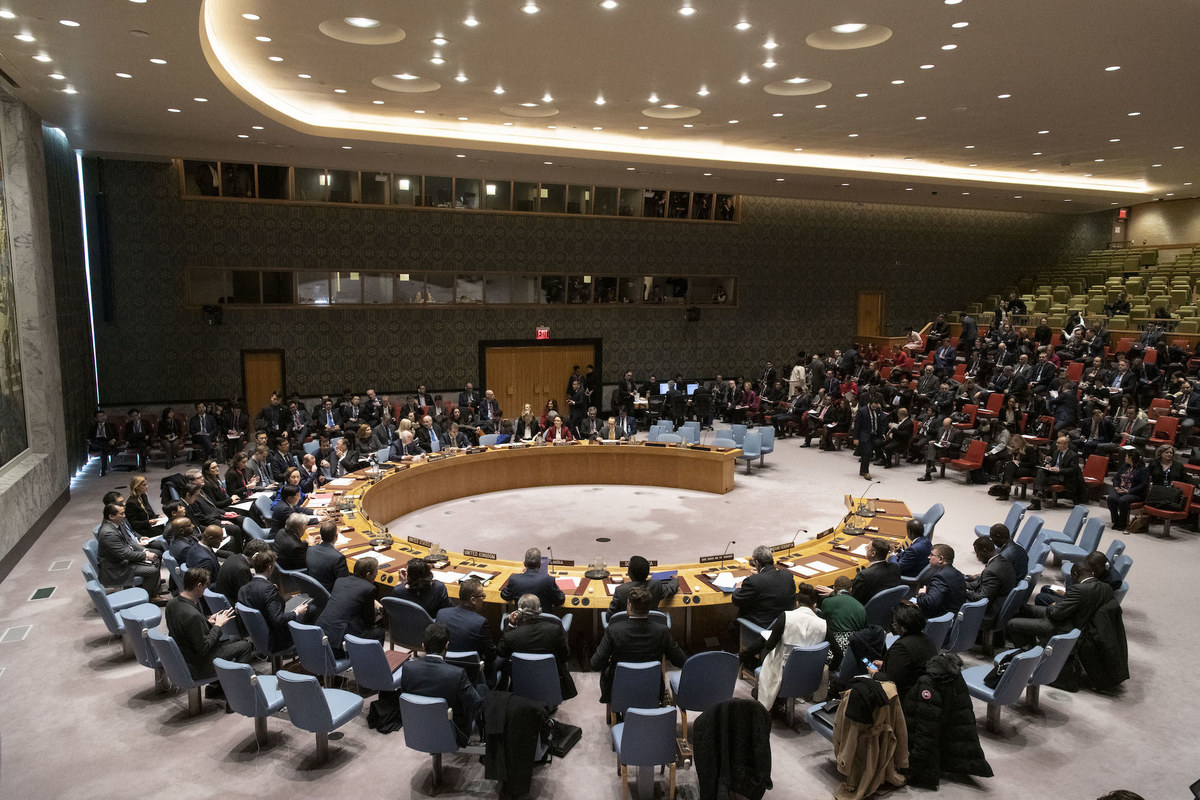
Image of a general view of the Security Council meeting on maintenance of international peace and security and upholding the UN Charter. (File/AFP)
“Seventy-six years ago, the United Nations was created as a vehicle of hope for a world emerging from the shadow of catastrophic conflict,” he added in his message marking UN Day.
“COVID-19, conflicts, hunger, poverty and the climate emergency remind us that our world is far from perfect, but they also make clear that solidarity is the only way forward.
“We need to come together to tackle great challenges and advance the Sustainable Development Goals.
“Today, the women and men of the UN carry this hope forward around the globe.”
Music is a language that bridges all divides.
This year's #UNDay concert was an outstanding example of how humanity can come together in harmony, and create something lasting, beautiful and inspirational.https://t.co/li4Pxp17Zq pic.twitter.com/nbF5TDQHR5
— António Guterres (@antonioguterres) October 22, 2021
As the head of global Initiatives Program at the Polytechnic School, Ann Diederich mentors the leaders of the UNA-Polytechnic School Chapter, where a rich programming is in place geared toward creating youth leadership.
“Our theme is ‘Empathy into Action,’” Diederich said. “How do we get our kids to come up with solutions to really complex global challenges, look at the SGDs and come up with concrete action steps to design change?
“The SDGs are very helpful for giving kids a framework and a blueprint, so they can do it and do it in a healthy way.”
Diederich, who has been teaching for 25 years, said she is concerned about this generation, commonly known as Gen Z.
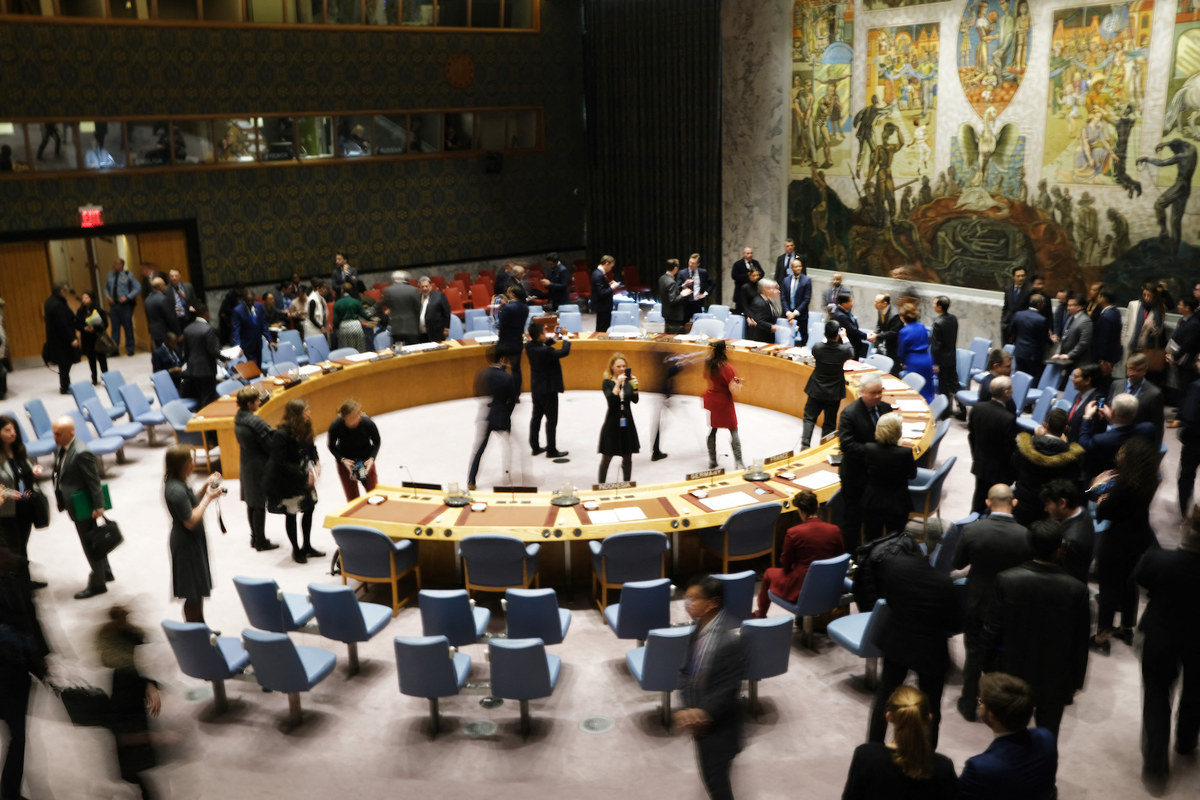
Members of the UN Security Council participate in a meeting titled “Maintenance of International Peace and Security” on Jan. 09, 2020 in New York City. (File/AFP)
“They seem to be on edge, overloaded with all the issues that they’re confronted with,” she said. “They really want to do something. They really care about each other. They have been isolated throughout the pandemic, and (now) they are very eager to work for change.
“I have never seen a generation like this. They’re quick, they do not waste time, they see that change needs to be made fast, and they don’t really trust the older generation, the millennials, to do that. They also sometimes outdo themselves.”
Ma quotes British explorer Robert Swan Obe, the first man to walk to both the North and South Poles: “The greatest threat to our planet is the belief that someone else will save it.”
Ma said: “I know at the end of the day, everything that we do is a choice. And sometimes I am worried that people are making the easy choice.
“I know that we’re able to either choose to battle climate change or to do everything the way we always did and someone is gonna come along and figure out a way to save us.
“I chose to fight for my future and climate change and I hope that one day everybody will make that decision as well.”
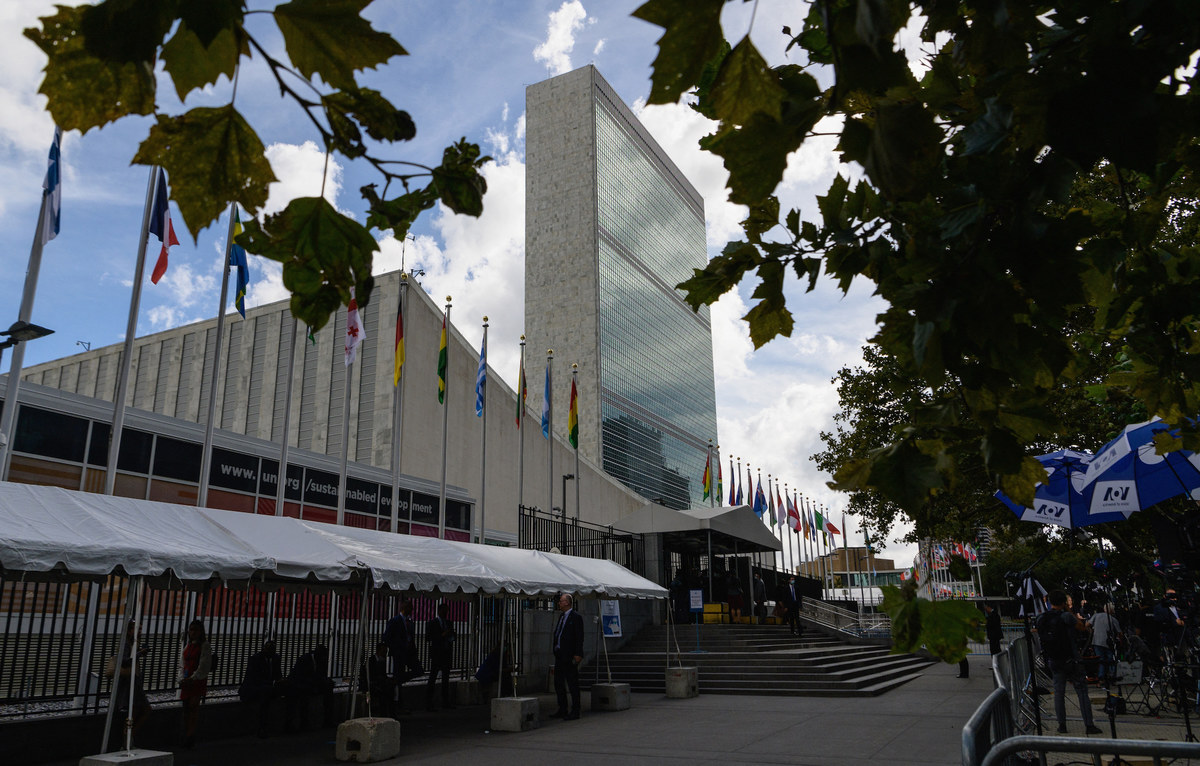
View of the UN Headquarters building during the 76th Session of the UN General Assembly on Sept. 21, 2021 in New York City. (File/AFP)
Since its inception, the UN’s overarching aim was simple: Children should have a better and happier life than their parents.
The UN has spent more than seven decades attempting to save and improve lives, lives that today continue to hang in the balance as wars erupt in different parts of the world, driving millions into displacement, poverty and extreme food insecurity.
The pandemic has also widened the gap between rich and poor. The world’s inequalities have never been so clearly displayed for everyone to see, from vaccine inequality to the discrepancy in quality education.
SDG 4 is about quality education for all.
Ma said: “I know I myself am very privileged to be able to have this education but there is a lot of people out there who are not able to.
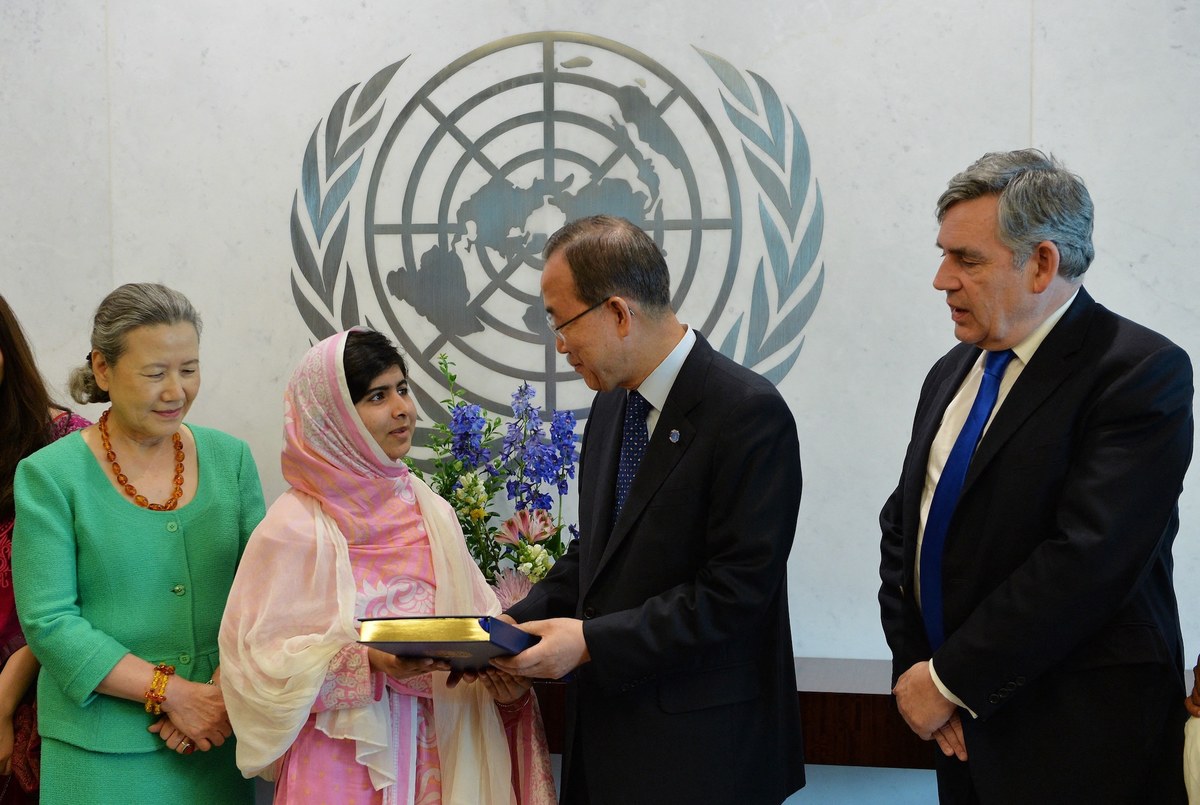
Malala Yousafzai is presented with the UN Charter by UN Secretary General Ban Ki-Moon (C) July 12, 2013 at UN headquarters in New York as Ban’s wife Ban Soon-taek (L) and Gordon Brown, UN Special Envoy for Global Education (R) watch. (File/AFP)
“I look up to people like Malala Yousafzai, who is fighting for quality education, especially for girls in Pakistan.
“I’ve watched a doc about her. I read her book. And I also listened to her UN speech. I am really inspired by her movement for gender equality and education for girls in Pakistan. I think that’s really important.”
Ma has a message for girls in Syria, Yemen and all the war-ravaged countries where people like her merely survive:
“My message to girls around the world: We all have different strengths and backgrounds and diverse stories. Even if you can’t get access to education, you can try to learn as much as you can, educate yourself about the world around you and if you can, maybe with your friends, your family. Fight for what you think is right in the world.”





